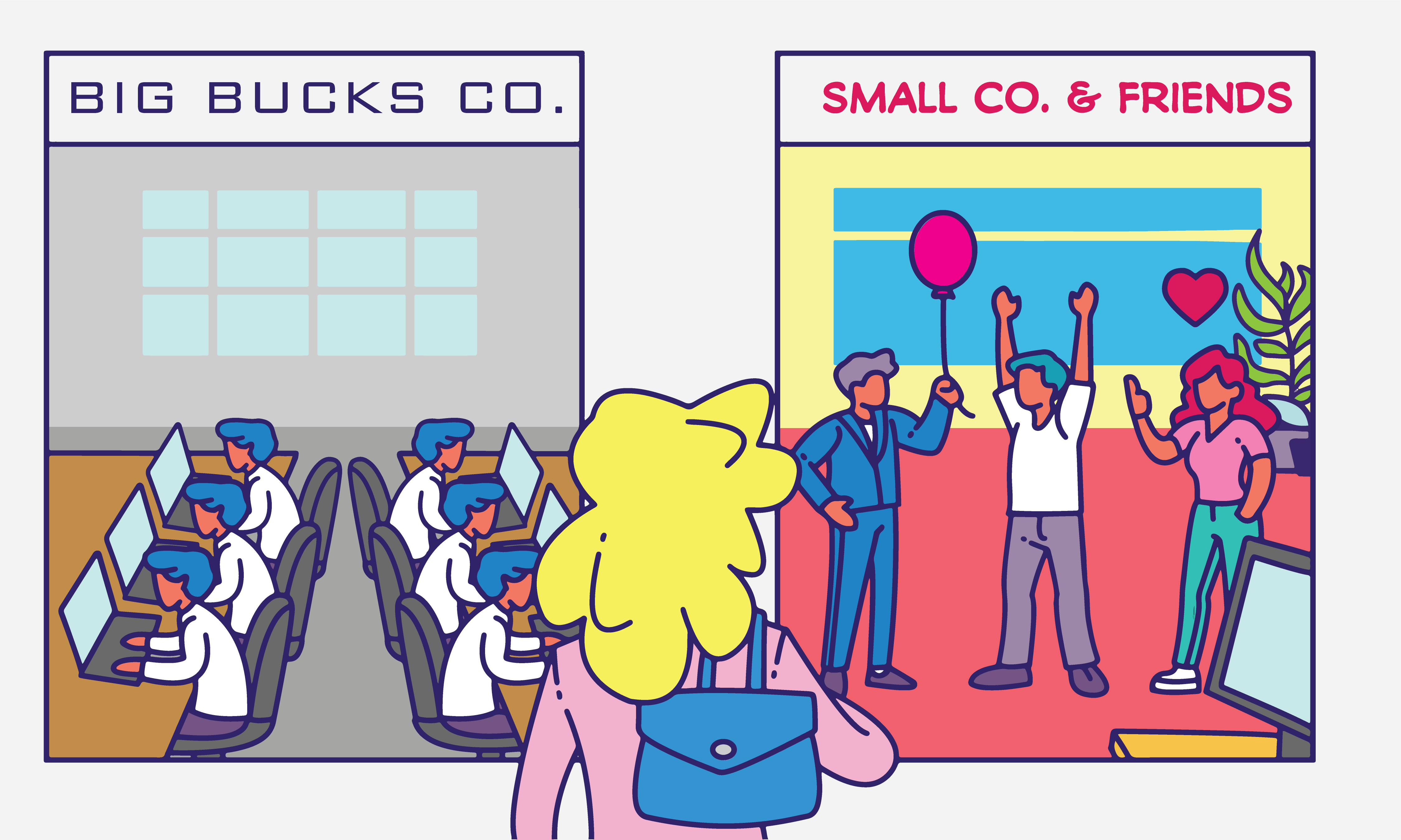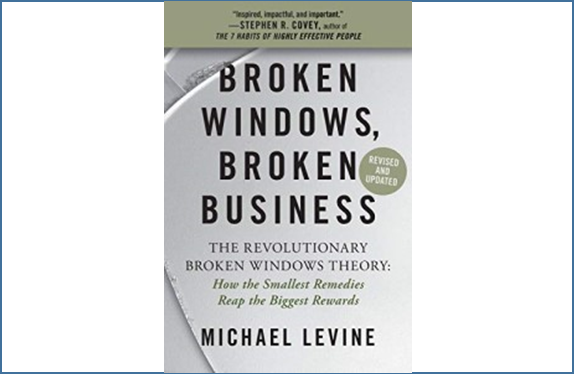Category: BWBB
Ways Small Businesses Can Compete with Big Brand Businesses
Small businesses often find themselves competing with big brand businesses that have substantial resources and market presence. While it may seem like an uphill battle, there are effective strategies and tactics that small businesses can employ to not only survive but thrive in this competitive landscape. In this blog post, we’ll explore some key ways ...
The Top Customer Service Skills Every Retail Business Must Have to Be Successful
In an age where retail options are abundant, businesses need more than just high-quality products or competitive prices to thrive; they require exemplary customer service. How a customer feels during and after their interaction with a retail brand can make or break their loyalty. Here are the top customer service skills every retail business should ...
20 Quotes on Good Customer Service to Adopt to Your Business Philosophy
In 2023, what really sets a business apart from another is top-notch customer service. The following quotes from industry experts offer a treasure-trove of lessons and insights that can supercharge your relationship with customers. Think of them as shortcuts to success: proven advice that can help you build a culture where awesome customer service is ...
Exploring the Art of Tipping: A Gesture of Gratitude
In the world of transactions, few practices are as universally recognized and debated as tipping. This unassuming custom, often involving a modest amount of money, holds a considerable place in modern society, acting as a conduit for expressing gratitude and appreciation for services rendered. Delving into its origins, nuances, and appropriate application can unravel the ...
The Impact of Neglecting Small Details on the Customer Experience
In the fast-paced world of business, the pursuit of grand strategies and major goals often takes center stage. However, it’s the small details that can make or break a company’s success. Overlooking these seemingly insignificant aspects can lead to major repercussions down the line, highlighting the importance of addressing minor issues before they escalate into ...
12 Top Business Lessons from the book Broken Windows, Broken Business
In the book “Broken Windows, Broken Business” by Michael Levine, there is a treasure trove of valuable insights that await businesses seeking to thrive in today’s competitive landscape. While the book offers an abundance of common sense business lessons, we’ve distilled the essence into a succinct summary of the top 12 lessons. These lessons encapsulate ...
Exceeding Customer Expectations: Creating Lasting Impressions
In today’s competitive business landscape, customer satisfaction isn’t merely a goal—it’s a benchmark. But what truly sets exceptional companies apart is their ability to go beyond the expected and exceed customer expectations. This practice isn’t just about meeting requirements; it’s about leaving customers pleasantly surprised, fostering loyalty, and building a strong brand reputation. Understanding Exceeding ...
The Fortune Lies in The Follow Up
Back when my son was just one year old, we decided it was time to sell our small 900 sq/ft house in Pasadena. To see what homes in the area were selling for, we attended several open houses around the neighborhood. At one of the open houses nearby we met a very driven Realtor. She was also ...
Why Unhappy Customers Are a Business’ Greatest Source of Learning
In the dynamic world of business, customer satisfaction is a top priority for any company seeking success. However, it’s essential to recognize that unhappy customers can be a business’ greatest source of learning and improvement. Negative feedback and complaints may seem discouraging at first, but they hold valuable insights that can lead to significant advancements ...
How to Improve Customer Experience: 7 Effective Strategies
In today’s competitive business landscape, providing exceptional customer experience has become a key differentiator for companies. A positive customer experience not only fosters loyalty but also attracts new customers through positive word-of-mouth. To help you enhance customer satisfaction and drive business growth, here are seven effective strategies to improve customer experience. Understand Your Customers:To deliver ...









